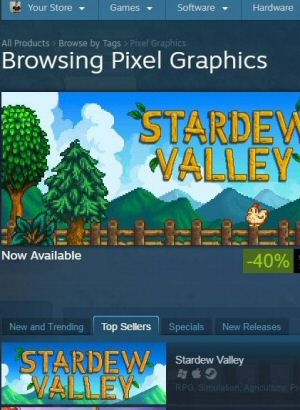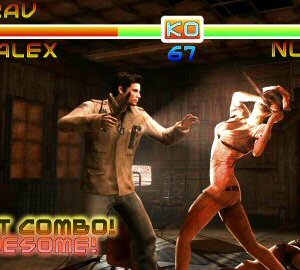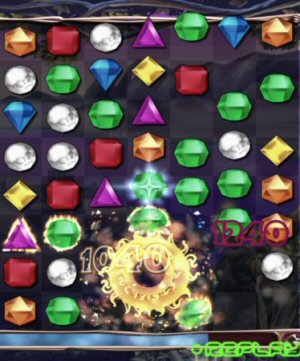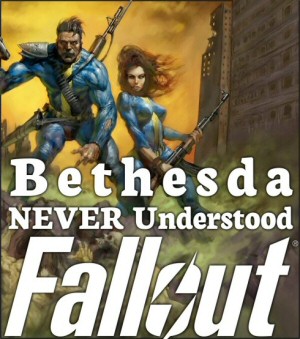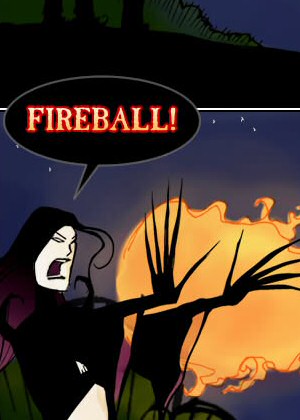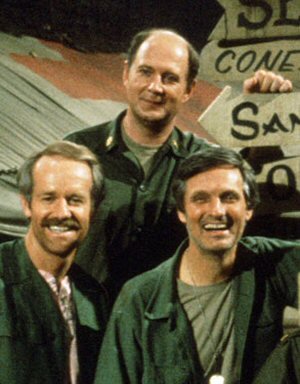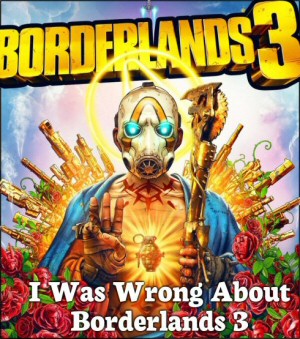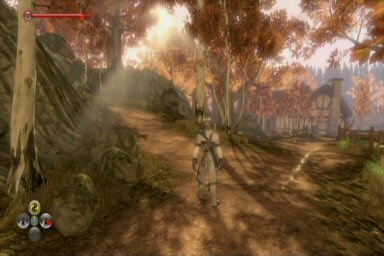 |
Fable 2 is a Sim RPG. I don’t mean it feels like an RPG with Sim elements in it. I mean it feels like a simulation of an RPG, with all the rich details abstracted away into clockwork game mechanics. Character development, morality, love, style, fame, personal attraction: These are all just numbers expressed in sliders. Love and hate are expressed with all the depth and passion of adjusting the gamma on your display. The story rolls forward like a chattering sprocket, ticking off plot points cribbed from “Generic Fantasy for Dummies”. The central characters are plodding one-note ciphers, and the rest are generic interchangeable classics like “town guard”, “peasant”, and “aristocrat”.
As with the previous Fable game, the plot is insultingly simplistic, ham-fisted, and perfunctory. But unlike the previous Fable, the gameplay is a rich source of amusements. This is an inversion of what you might expect from a game that comes in a box with the word “Fable” on it. A Fable is a tale which conveys a lesson or moral, and what we have here is an offensively terrible story which doesn’t have anything meaningful to say at the end. If they had called it “Adventure Time 2” or “Quest Guy 2”, and then I wouldn’t play these games with the expectation that the story will be something better than “self-absorbed sociopath takes his first try at writing a D&D campaign.” Calling this a Fable is like calling Doom a psychological character study.
 |
| It’s not quite open world: You unlock and explore areas in a fairly linear fashion – but there’s a lot of places to see. Varied landscapes. Weather. Day / night cycle. There are even changing seasons, although those are plot-based. |
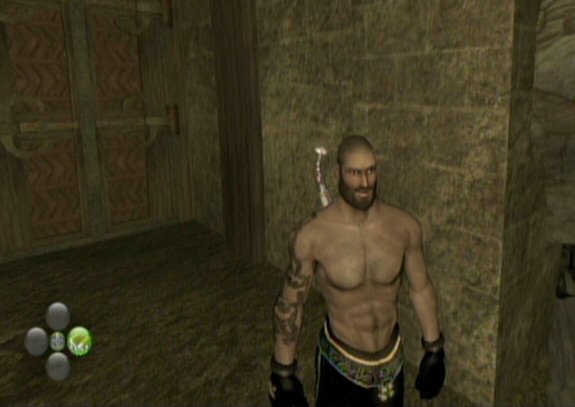 |
| I didn’t put any points into marksmanship-type skills, which means my big beefy hero is about 5’6. |
You just have to get used to strangeness like this, because the game is full of little simulations that are interesting in isolation, but don’t make any kind of sense as a whole. There is a weight gain / loss system where you can eat food to gain weight, and eat tons of celery to lose weight. Starving yourself and engaging in Herculean amounts of exercise (i.e. combat) will have no effect on your figure. You can have (off-screen) sex (with or without a condom) with any NPC that’s interested in you. (Some of them are gays and lesbians.) You can get married and do this sort of thing with your spouse, you can have a fling with a stranger, or even pay for a prostitute. Or you can forego the sex entirely, since it doesn’t really relate to the rest of the game in a meaningful way. You can get STDs if you’re unwise. The whole thing is fairly complicated, but it doesn’t really go anywhere. It’s the equivalent of the GM saying, “Yeah, okay. You have sex with that NPC. All done.”
The game has the most robust farting and belching simulation ever offered in a big-budget game. This is either a compelling feature or an act of madness, depending on how much you’ve wanted to do that sort of thing in an RPG.
The game carries the recent tradition of removing manual looting from a game. As the hero of the land, you won’t be stopping to loot each and every skeleton or highwayman you put down. This keeps the action and the fun flowing. When I go back to games like KOTOR I quickly find myself wondering how the idea of the scavenger hero endured for so long.
There is an in-game economy where shops in different towns can have shortages or sales, and a shrewd adventurer can make a heap of gold by paying attention to prices and moving goods around. Or you can take a job at one of the shops serving beer or making swords. Or you can go treasure hunting. Or you can buy up property for rental or resale. These activities form a sort of ladder. Generally you’ll use treasure hunting and bartending to get you the cash needed to engage in the speculation of trade goods, which will get you the cash you need to begin your real estate empire. Or you can just ignore all of it. It’s not required to finish the main plot, so you only need to do it if you enjoy it. (I did.) This buffet-style approach to gameplay – where you can do lots of what you like and little of what you don’t – is solid game design. Contrast this with a game like Grand Theft Auto, where you’re grabbed by the scruff of the neck and made to try everything twice, whether you enjoy it or not.
 |
| GAH! Okay! You have a really sweet bloom lighting system. I get it already. Geeze. |
I had a blast with Fable 2, but this does not mean that I am going to let the egregious failures of the plot go unnoticed. My hatred for the plot and the storytelling techniques employed is so complete and so pure that I am saving it for a post of its very own.
 T w e n t y S i d e d
T w e n t y S i d e d


